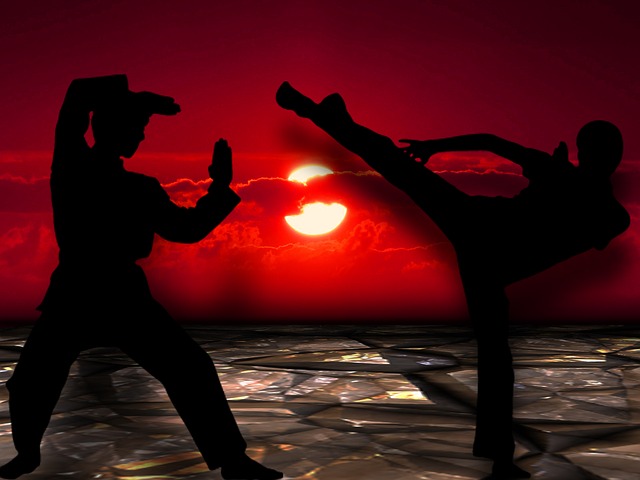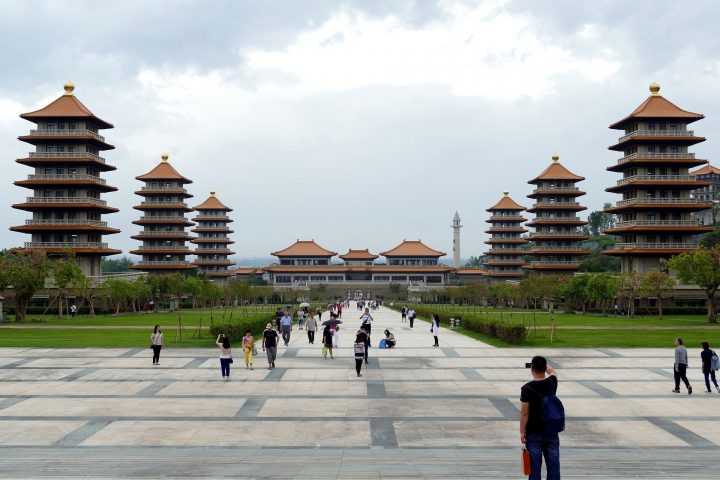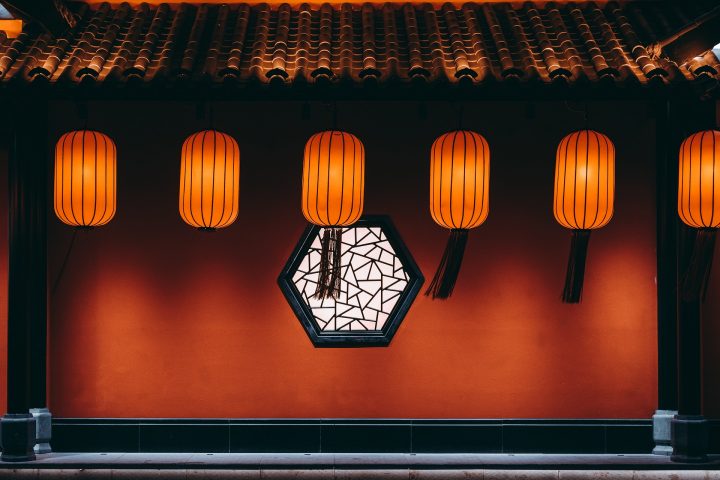Ancient China was one of the most fascinating civilizations in history. Chinese culture and history is full of great dynasties like Han, Tang and Song that ruled the The Middle Kingdom for almost five thousand years.
During this vast history different cultures and rituals were introduced at different periods that have great influence on the life of Chinese people. Let’s see 10 things everyone should know about ancient Chinese culture and rituals.
Filial Piety
Filial piety (also known as xiao’er zhang or filial piety in English) is a Confucian concept emphasizing obedience to one’s parents.
It is the highest form of respect and honour that a person can show another, and it has been observed throughout Chinese history. The most important thing for a child to learn about filial piety is how to be obedient and helpful to their parents.
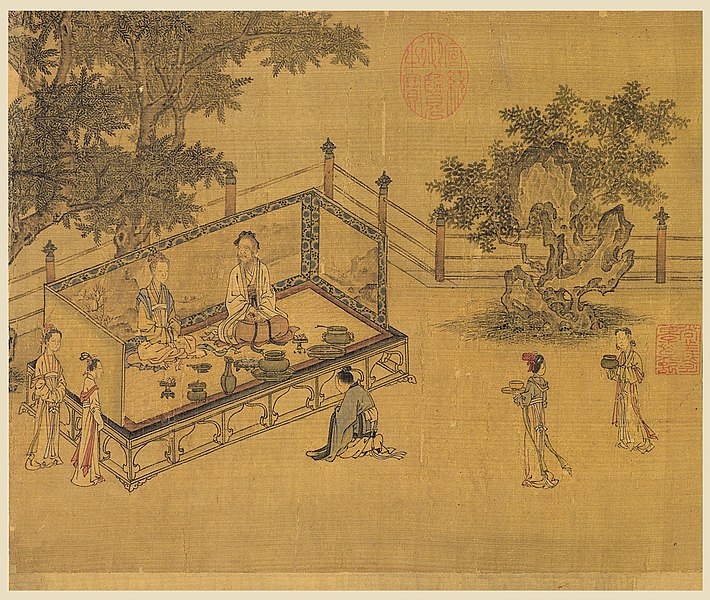
Children who abide by these principles will not only receive love and support from their family but also develop into responsible adults who are able to take care of themselves well.
Chinese New Year
The Chinese New Year is the most significant cultural event in China and is celebrated by people from all over the world. It is a time when family members reunite, friends get together, and people give each other gifts to celebrate a prosperous new year. It is also a time when many people take part in traditional activities such as kite-flying, dragon dances, lion dances, and fireworks displays.
The Chinese New Year starts on the first day of the first month of the traditional Chinese calendar (usually between late January to early February). It lasts for 15 days and is usually followed by the Lantern Festival. The Chinese New Year is celebrated throughout the entire country of China, as well as overseas Chinese communities in other countries such as Taiwan, Vietnam, and Hong Kong.
Chinese Dragon Boat Festival
The Chinese Dragon Boat festival is a celebration that commemorates the victory of warriors over a dragon. The festival typically takes place in late July or early August, and involves races between teams of dragon boat students and professional sailors.
The event is said to date back to the Yuan Dynasty (1271-1368), when General Qi Jiguang repelled an attack by some hostile forces on his riverine fleet using fast boats filled with rowers commanded by brave soldiers. In honour of their victory, General Qi founded a new holiday – the first official public holiday in China – which later became known as the Dragon Boat Festival.
Ancestor Worship
Ancestor worship is a popular Chinese cultural tradition that involves honouring your ancestors and looking to them for guidance and blessings. Families will often hold ceremonies in their homes to commemorate the lives of their ancestors, give thanks for their contributions, and ask for forgiveness if they have sinned. These ceremonies can be quite elaborate, involving prayers, offerings, and other rituals.
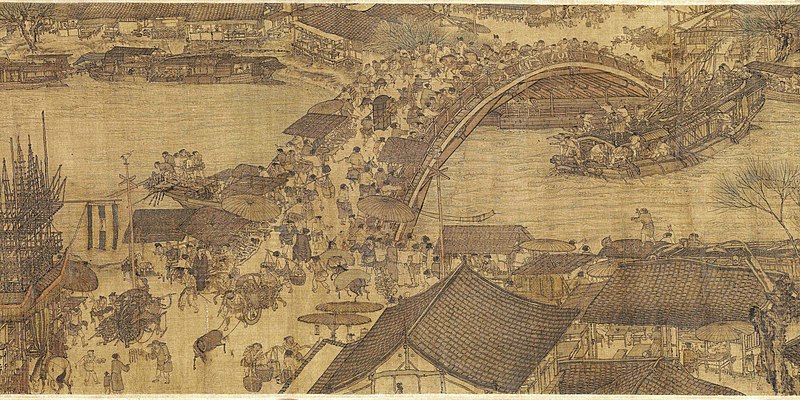
There are many reasons why ancestral worship is so important in China. For one thing, it serves as an important link between the present-day world and the past. By venerating our ancestors, we remember our origins and learn from their experiences. It also helps us connect with the natural world – by understanding how our ancestors benefited from specific environmental conditions we can better protect these areas today.
Yin & Yang
The concepts of Yin and Yang are fundamental to Chinese philosophy, and they play a major role in Taoism. Yin and Yang represent the dualistic nature of reality – things exist within a tension between these opposing forces. In order to understand how they work, it’s useful to take a closer look at each one separately.

Yin is the negation or absence of light. It represents everything that is feminine, passive, and dark: moon shadows on walls, deep shade under trees’ leaves, dampness after a rainstorm. Yang is the generative or presence of light. It represents everything that is masculine, active, and bright: sunrises over desert flats lands, high noon in dense forests, incandescent lights from street lamps .
Together, they create a dynamic equilibrium that is always in flux. Yin and Yang interact with each other constantly, creating an intricate web of relationships.
Chinese Beliefs About Natural Disasters
In Chinese culture, disasters are viewed as a punishment from heaven. If a person or community has done something to anger the gods, they may suffer during a natural disaster in retribution. In fact, many Chinese believe that natural disasters are part of an ongoing cycle of prosperity and decline known as the Five Phases.
The Five Phases are: The Waning Moon, The Rising Sun, The Grand Duke Tribulation, Warring States Period (475-221 BC), and Eastern Jin Dynasty (265-420 AD). These five periods represent important phases in China’s history and fortunes. They correspond to major changes such as trade routes opening up or becoming more stable, rises in political power or food shortages.
Chinese Kung Fu
Kung fu (traditional: Kung-fu; simplified Chinese: Wushu) is a martial art and combat style that originated in China. It is based on the philosophy of “to subdue the opponent without fighting” or “using empty hand techniques to defeat an opponent who uses weapons.” The word kung fu has multiple definitions, most notably including unarmed self-defence against multiple opponents, slow striking methods used for attacking vital points with minimum effort, and coordination between movement of hands and feet.
Kung fu is said to have originated in the Shaolin Temple, where monks practised unarmed self-defence against animal attacks. The martial art spread through China and became popular during the Tang Dynasty. It evolved into a system of combat techniques that used powerful kicks, punches, sweeps, throws and other moves to defeat opponents. In the mid-19th century, many masters of kung fu migrated to North America, where they introduced their art to the Western world.
Chinese Zodiac
The Chinese zodiac is a system of assigning animals, people, plants, and elements to twelve monthly periods. These signs are used to predict the future, and they play an important role in Asian culture.
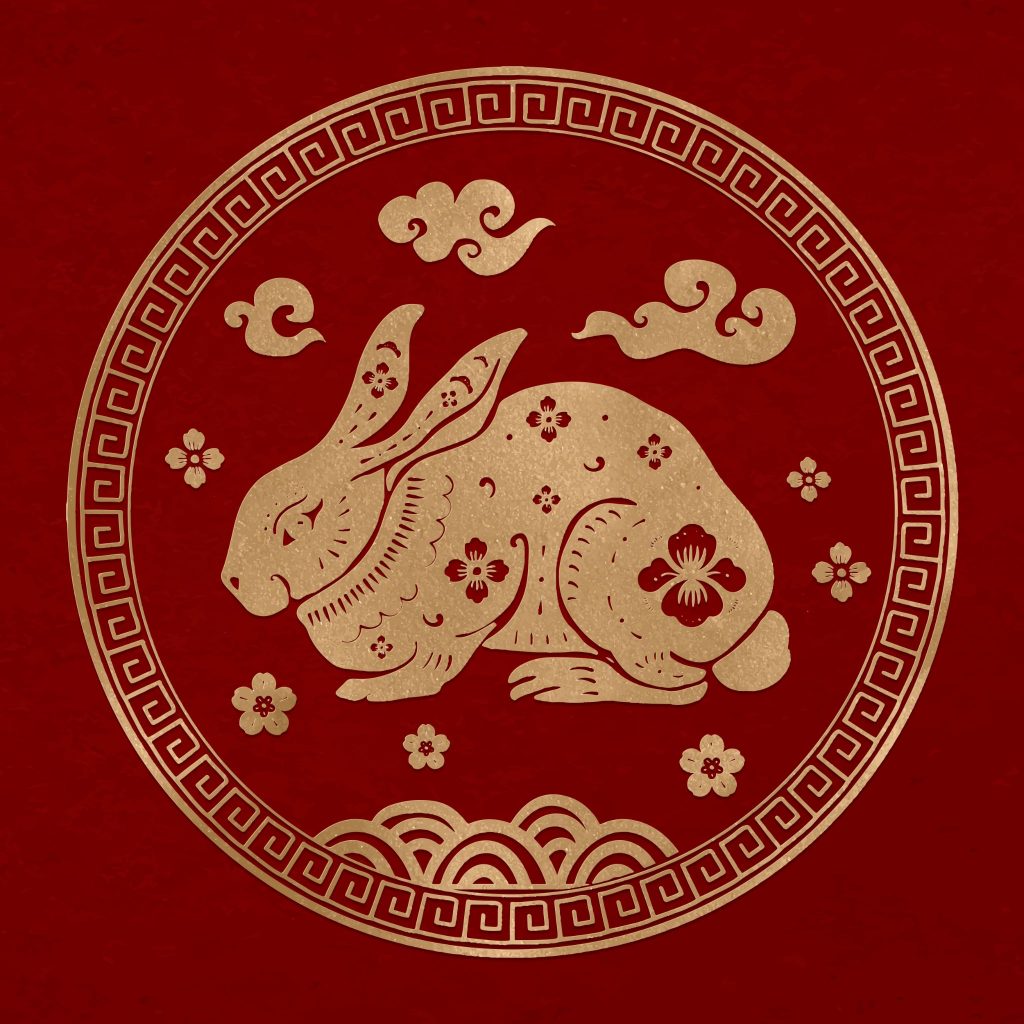
Some of the most famous aspects of the Chinese zodiac include fortune telling and baby naming ceremonies. People believe that each animal sign corresponds to a specific personality trait or characteristic. For example, pigs are thought to be intelligent and loyal friends, while rats represent stubbornness and cunning.
Do you know 2023 is the year of Rabbit!
The Chinese zodiac is often used as a guide when Choosing a Job or business for investment purposes. It’s also believed that certain sectors (such as finance) will be more profitable during certain animal signs’ reigns.
Chinese Calligraphy
Chinese calligraphy is a form of visual art that is considered as one of the most important forms of art in China.
Chinese calligraphy is one of the oldest styles of writing and has a long history dating back to over 2,500 years ago. Today, it’s still popular worldwide as an art form and a way to communicate messages in a unique and heartfelt way.
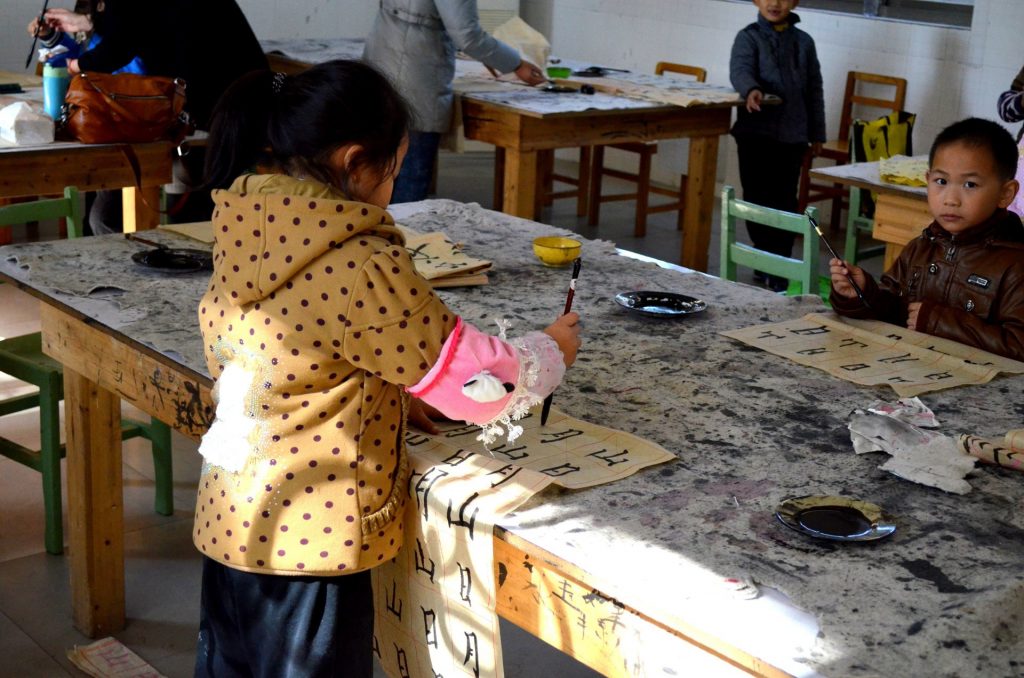
It is based on the belief that each character has its own meaning and identity, and that it has a life of its own. The characters are written with a brush, ink and paper.Chinese calligraphy can be traced back to the ancient Chinese philosophers like Confucius, who emphasised the importance of writing. In China, there are many famous calligraphers who have been practising this skill for centuries.
The Red String Of Fate
According to some old Chinese legend, people destined to meet each other are tied to a red thread that links them. Invisible to the human eye, it’s resistant, capable of bearing any twist or knot, in spite of time and distance.
It doesn’t matter how long it takes you to meet this person, nor the time you spend without seeing him or her, or whether this person lives close to you or on the other side of the world – the thread will always be as long as the infinite and will keep those two people connected.
This concept of “Red String of Fate” is widely popular in other Asian countries too.
In this article, we have tried our best to reveal some interesting and fascinating facts about Chinese rituals and how they shaped the minds of people thousands of years ago. People in ancient times believed that it was crucial to conduct these rituals on a regular basis as it built mental strength and good health.
Even today, rituals are not just important but also fun! Check out some of the amazing traditions at your local temple or festival where everyone is dressed up in fancy costumes and performs arts before performing their dance moves.


